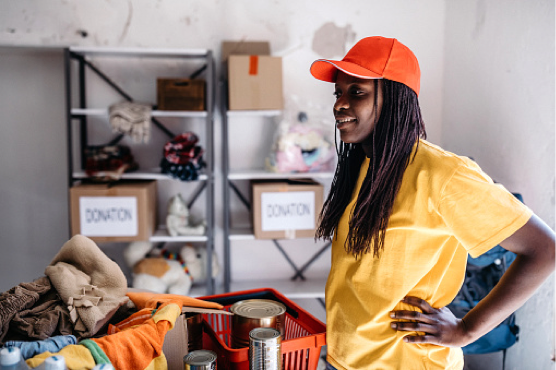
How the science of giving is revolutionizing philanthropy
by The ideas42 Team
When a nonprofit wants to raise more money, conventional wisdom suggests bombarding donors with emotional appeals and compelling data. But what if the secret to unlocking greater charitable giving lies in understanding how people actually make decisions?
In a recent fireside chat, Victoria Vrana, CEO of GlobalGiving, and Sarah Welch, Managing Director of Charitable Giving & Philanthropy at ideas42 explore the unexpected insights from behavioral science that are transforming how organizations approach fundraising—and changing philanthropy worldwide.











